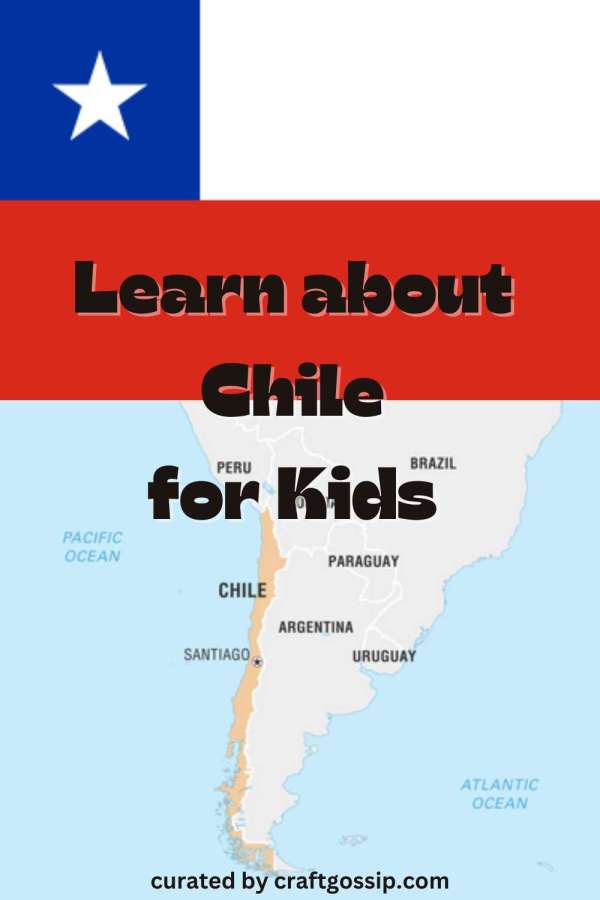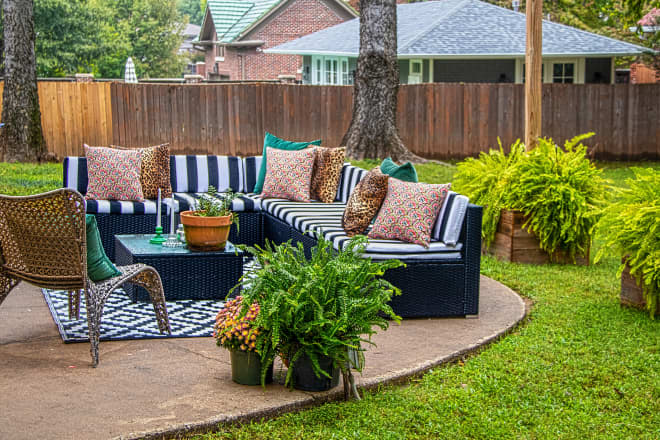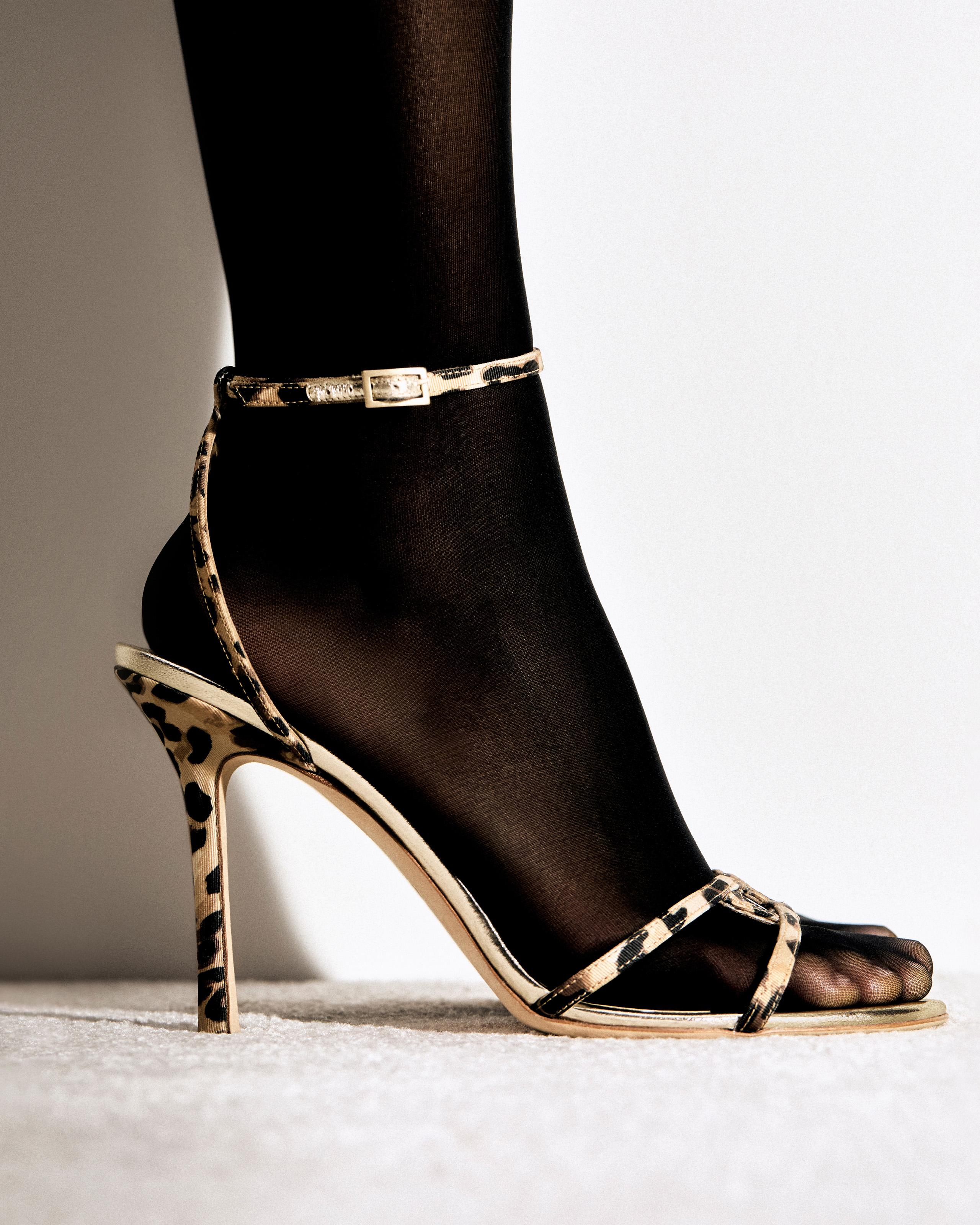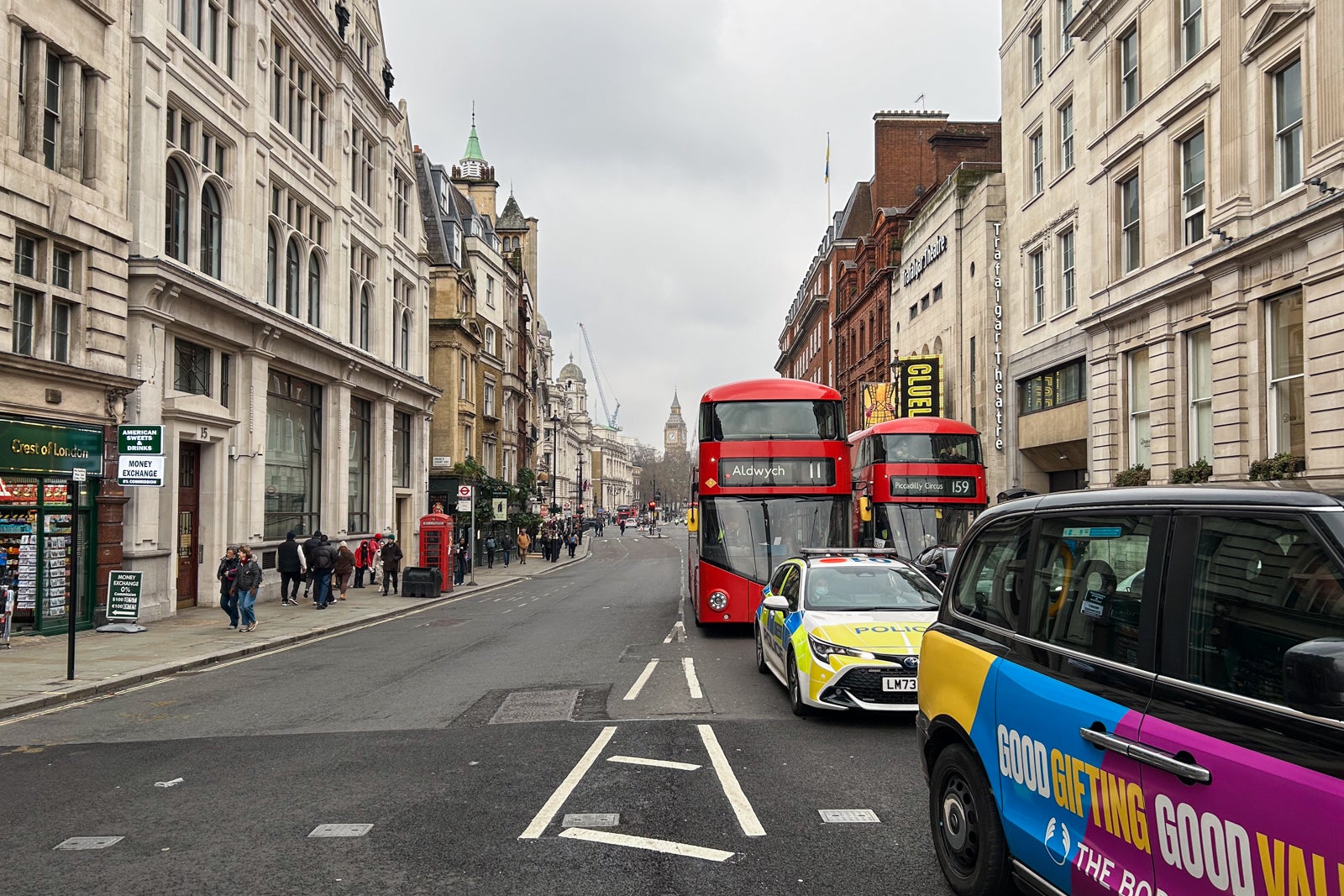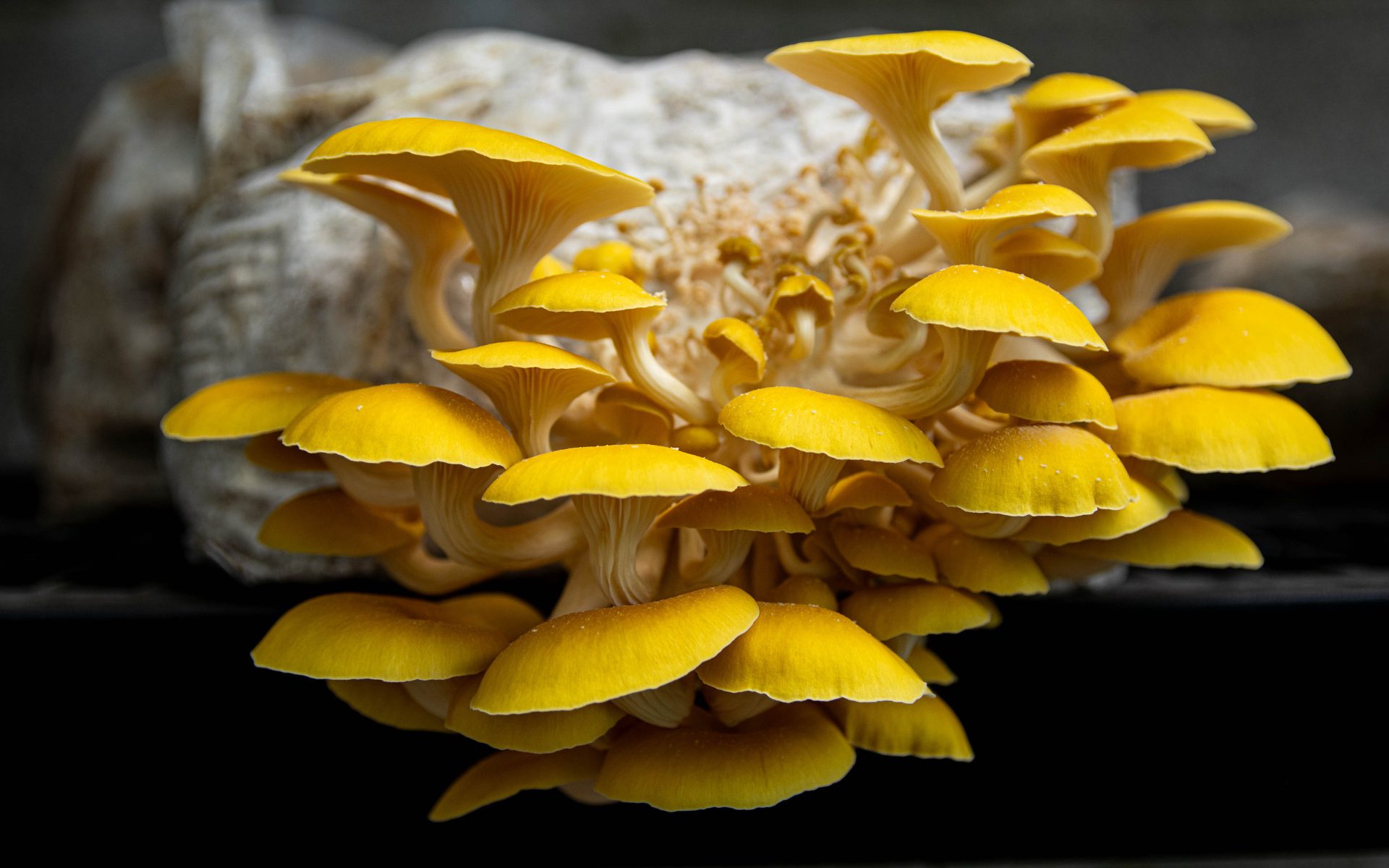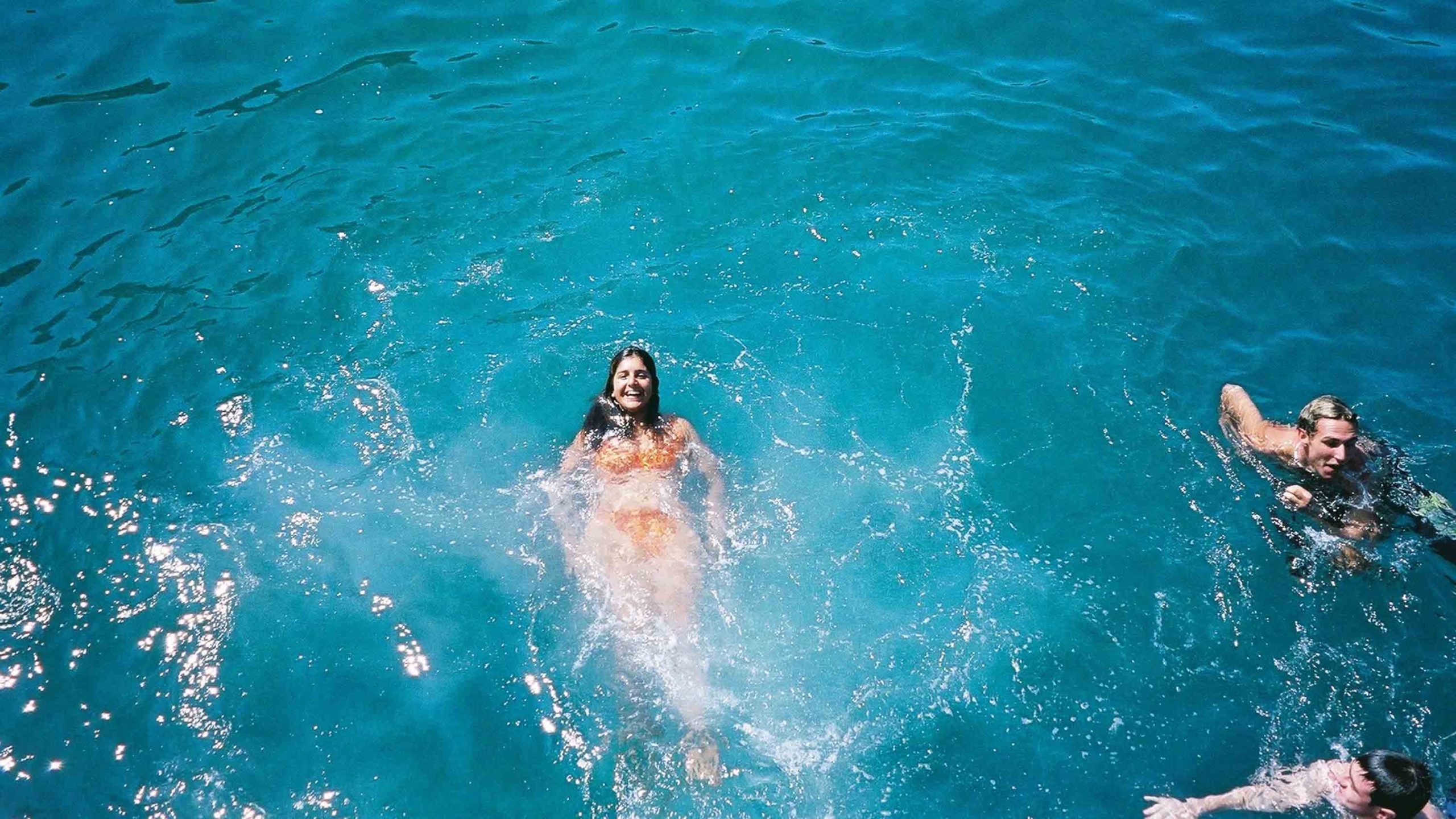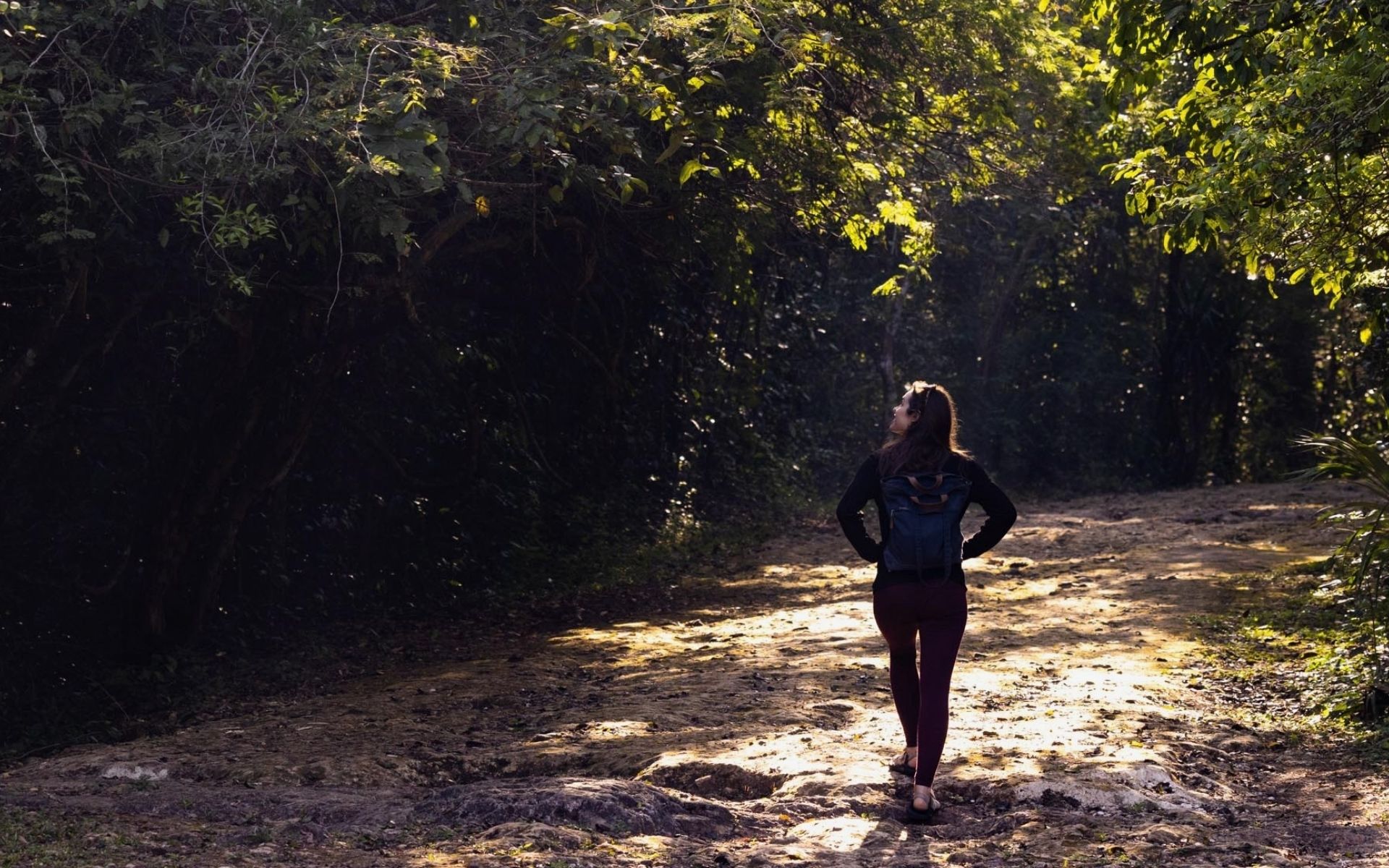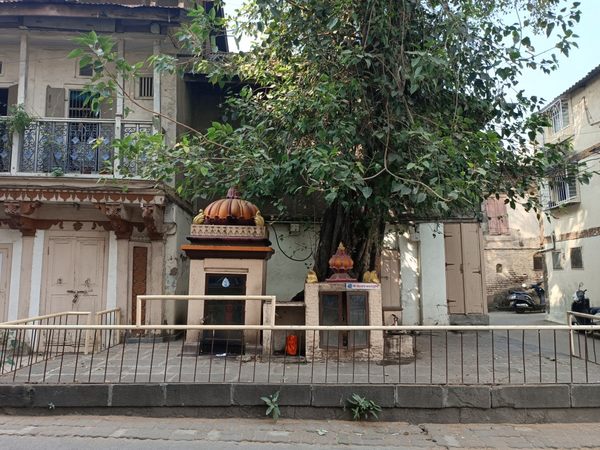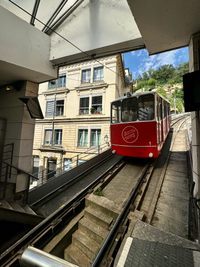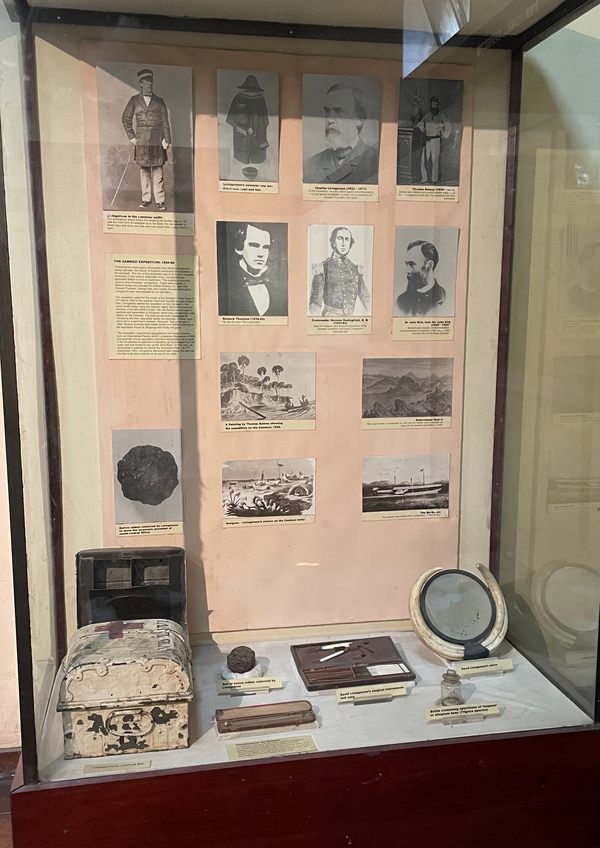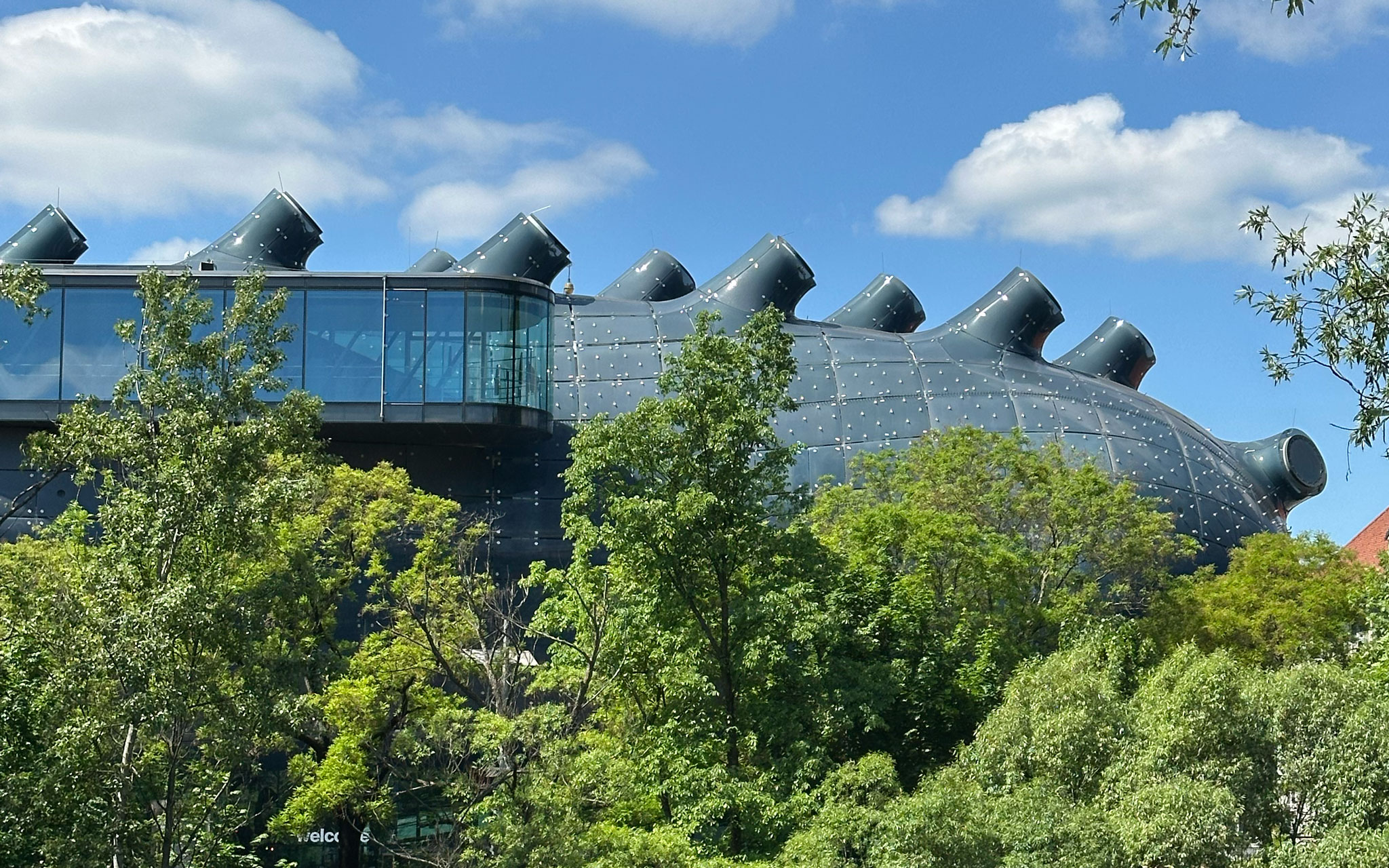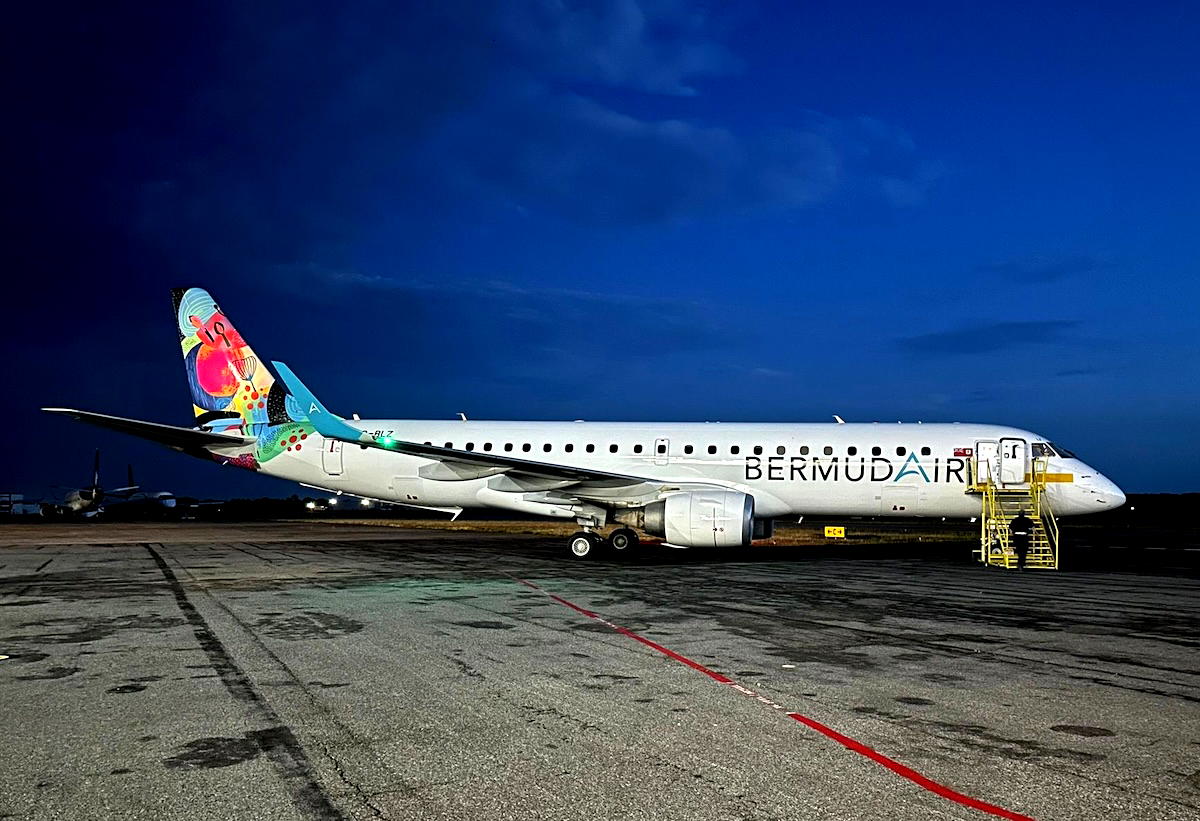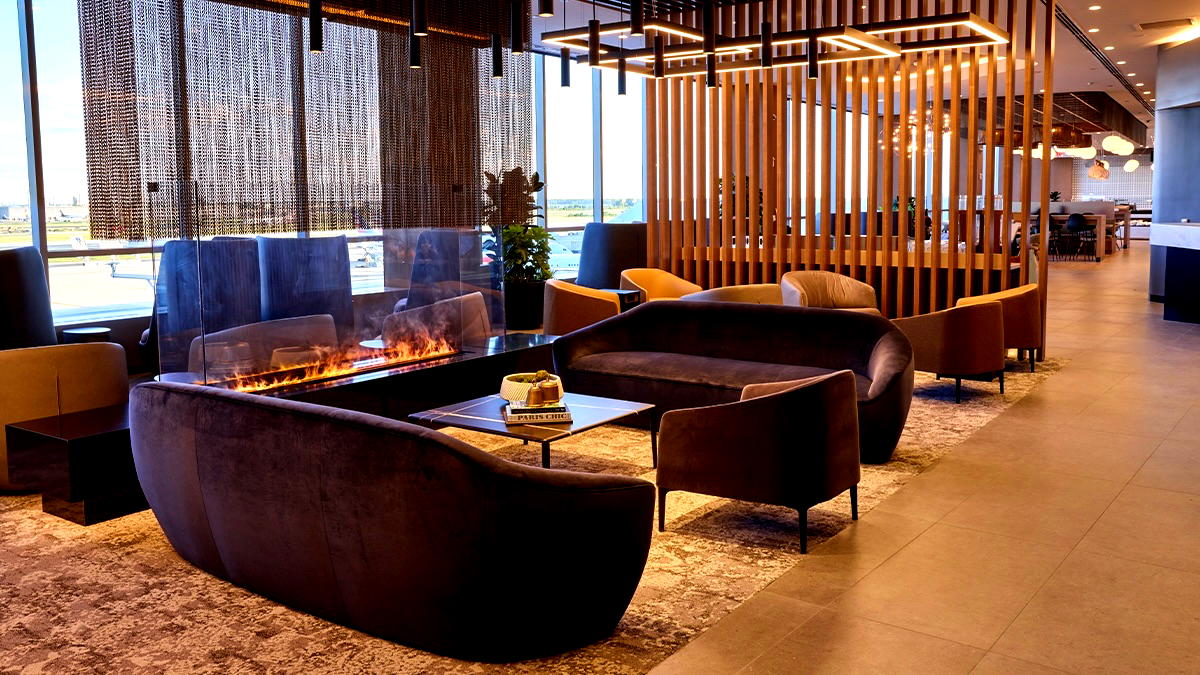Phuket vs Bali: how to choose between these two divine islands
Bali versus Phuket – how do you choose between two island paradises? A pair of travel writers make the case for the island they love.

Southeast Asia has enough island escapes to fill several lifetimes of travel, so anyone planning to visit this magical part of the world faces a tricky decision: in a region studded with sand-circled tropical islands that sizzle with fabulous food and overflow with culture, how do you pick just one?
For a first taste of Southeast Asia's islands, we make a strong pitch for Phuket in Thailand or Bali in Indonesia. Both are rich in culture, wrapped in sparkling sands and accessible to everyone from students in flip-flops to empty nesters with adventurous ambitions.
But which to choose? Two of our seasoned travel writers make their case for each of these beloved island hubs. Read on to see if Phuket or Bali is your choice of escape.
Go to Phuket for the food and beaches galore
Isabella Noble is a Barcelona-based travel journalist and the author of Lonely Planet’s Pocket Phuket guide. She has been spending time on this sometimes underappreciated Thai island for almost a decade.
For anyone who loves Phuket as I do, this magical island instantly defies the stereotypes without making any fuss. Thailand eases along with laid-back, palm-filled islands washed by turquoise waves, but Phuket (pronounced "Poo-ket") combines this tropical paradise allure with the lively buzz, creative vibe and thrilling food scene of a dynamic urban hub.
Let’s start with those fabulous, floury, soft white beaches. My favorites are in the north of the island, including sparkling Hat Surin, endless Hat Bang Thao and wilder Hat Layan. Phuket’s three northwesternmost strands are a treat too: Hat Nai Yang, Hat Mai Khao and Hat Nai Thon all sit within the protected Sirinat National Park and have a blissfully relaxed, nature-first feel.
On the island’s southern tip, tranquil Hat Rawai is another beauty that I seek out on every visit. It’s known for its rustic seafood restaurants, kitesurfing and the powdery sands close by at Hat Nai Han. Blazing sunsets draw crowds to dramatic Laem Phromthep (Promthep Cape), and there’s an almost mystical aura as everyone simultaneously gazes out as the sun drops into the jade-colored Andaman Sea.
Phuket’s vibrant food scene
Phuket also has one of Thailand’s most irresistible food scenes, born from the mingling of Southeast Asian and Chinese cultures over the centuries (known here as Baba culture). The arty island capital, Phuket Town, is the culinary epicenter. A tin-mining hub in the 19th and 20th centuries, it's filled with candy-colored Sino-Portuguese buildings, restored vintage shops and houses, and hidden shrines that spring to life during the Vegetarian Festival in September or October.
I like popping into the Lock Tien food court, where classics like mee hokkien (Hokkien noodles) and just-made spring rolls are served at plastic tables, or grabbing flaky roti (bread) topped with a fried egg at the always popular breakfast spots on Thalang Rd. Long-running Mee Ton Poe is locally loved for its noodle dishes; Kopitiam does Phuket-style Thai classics; and Raya prepares its coconutty crab curry in a tile-covered Sino-Portuguese house.
On the fine-dining side, try the contemporary Sardinian delights dreamt up by superstar chef Alessandro Frau at Acqua; the elevated flavors in the garden-facing Ta Khai; Cherngtalay’s elegant SUAY for chef Noi Tammasak’s arty twist on Thai cuisine; or Michelin-starred PRU in northern Phuket. There’s plenty to enjoy on the coffee front, too, with hangouts such as Phuket Town’s the Shelter Coffee and Bookhemian easily rivaling Chiang Mai’s famously cool cafe culture.
I’ve happily spent time in Phuket with my brother, my partner and many friends over the years but also as a solo female traveler. Whether you fancy joining a beachfront yoga class, heading out on a diving trip, visiting Buddhist temples (such as 150-year-old Wat Chalong) or tackling the sport of moo ay tai (Thai boxing), Phuket’s activity calendar has it, and all kinds of travelers can expect a warm welcome here.
A Phuket highlight is escaping into Ao Phang-Nga Marine National Park. Kayaking or paddleboarding is the most rewarding, low-impact way to explore this bewitching bay dotted with limestone karst formations. Day trips to Ko Phi-Phi – where travelers are permitted to visit gorgeous Maya Bay under strict conservation rules – are perfectly doable, too.
There’s also great hiking in Phuket. Rewarding routes include the sweaty, jungle-traversing climb up to the 45m (150ft) Big Buddha in the Nakkerd Hills near Kata, as well as paths through the rainforests of northern Phuket’s Khao Phra Thaew Royal Wildlife and Forest Reserve – home to the pioneering Gibbon Rehabilitation Project.
Beachfront bliss in Phuket
No place does seductive beach hotels or heavenly spas like Phuket. You could go all out with a deluxe stay at one of Thailand’s top hideaways, such as Amanpuri, Trisara, the Surin Phuket or Rosewood Phuket, or pick a fun, sociable hostel; design-forward boutique hotel (particularly in Phuket Town, where Casa Blanca is a joy); or mellow beachside guesthouse along the west coast.
When I’m longing for this delicious island, I remember early morning strolls through Phuket Town, plates of steaming noodles at beach shacks, with my toes dug in the sand, or soul-stirring swims in gentle waters backed by rippling casuarinas. This is what Phuket is all about. No wonder the island has drawn people from all over the world for centuries.
Visit Bali for the culture and natural wonders
If Mark Eveleigh could only visit one country for the rest of his life, he’d choose Indonesia. This widely traveled journalist and author has written for numerous publications; check out his book Kopi Dulu: 15,000km through Indonesia.
Overcrowded and overdeveloped, or the world’s most beautiful island? I lean toward the latter.
The fabled Island of the Gods, Bali certainly sees its fair share of tourists. The town of Ubud, a yoga haven and art capital, has its dedicated devotees, as does Ulu Watu, with its sublime temple and adrenaline-pumping surf. Kuta, once party central, has given way to the beach clubs and cafes of Seminyak and booming Canggu.
Besides five-star resorts such as Raffles and the Four Seasons, which sprawl across lush grounds and spill onto powdery beaches, visitors can stay in a host of exciting new designer spots, such as Lost Lindenberg and Nirjhara. And even as demand soars, you can still rent a simple, comfortable room with a private balcony overlooking a tropical garden for under US$10 per night, breakfast included.
Yes, tourism is booming here. But on an island that’s over 10 times the size of Phuket, it’s astoundingly easy to find an unspoiled corner.
The captivating Balinese culture and beguiling beaches
The colorful cast of gods, demons, ghosts and witches that play such a large part in traditional Balinese life fascinates me – so much so that they became central characters in my latest novel. Indeed, it’s the Balinese people who make the island one of the most culturally intriguing spots in the world.
Bali's dreamy, palm-shaded white sand beaches around Nusa Dua and the Bukit Peninsula make visitors drool, and a local law stipulates that no buildings reach a height tall enough to rise over those trees, sparing even the island's most congested tourist centers from high-rise developments.
There are also romantic volcanic beaches where you can stroll for miles across a surface that shimmers like a black mirror without seeing another holidaymaker. If you prefer dramatic, wave-smashed coastlines (and some of the world’s best surfing), stick to the south coast; if you want placid reefs that lure dolphins, turtles and other marine life, then head to the sheltered north coast.
An island of natural delights
When you’ve had enough beaches, Bali’s volcanic highlands come to call with a smorgasbord of activities. The sunrise climb up 1717m (5633ft) Gunung Batur might be – justifiably – the most popular tour on the island, along with the trip to Ubud’s Monkey Forest.
Inland, you can cycle downhill for 40km (25 miles), go white water rafting or hike through jungles and up peaks, or explore by horse or even helicopter. In the island's unspoiled west, you can walk with pink buffalo or visit what might be the planet’s most photogenic traditional fishing fleet.
The arid hillsides of North Bali are planted with cashews, dragon fruit and (surprisingly) vineyards. To the south, the slopes are dominated by the giant stairways of terraced paddies, sometimes running right down to the ocean.
I fell in love with Bali some two decades ago, and my ideal writing retreat is tucked away on the remote western side of the island. Every time I go back, I realize anew that West Bali might be the most achingly beautiful place on earth.
This third of the island remains almost entirely overlooked by visitors; the islanders themselves are often astounded to hear that West Bali National Park has deserted beaches where wild deer trot through the shallows and jungle-clad hills that shelter hornbills, flying foxes and slender langur monkeys.
Lots of destinations in the world can occupy you for a two-week vacation. Twenty years after my first visit to Bali, I’m still convinced that there’s enough here to keep me busy for a lifetime.



















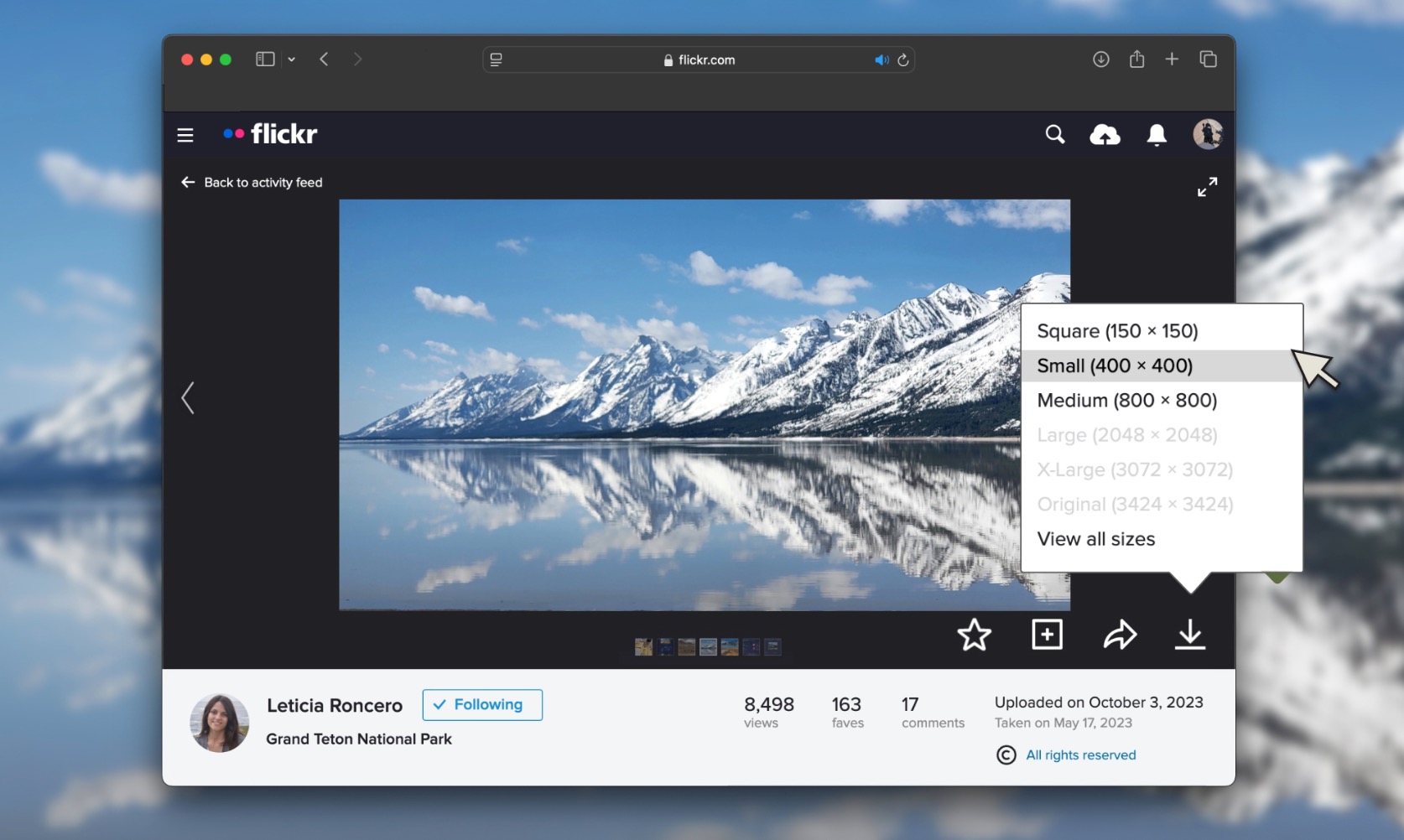











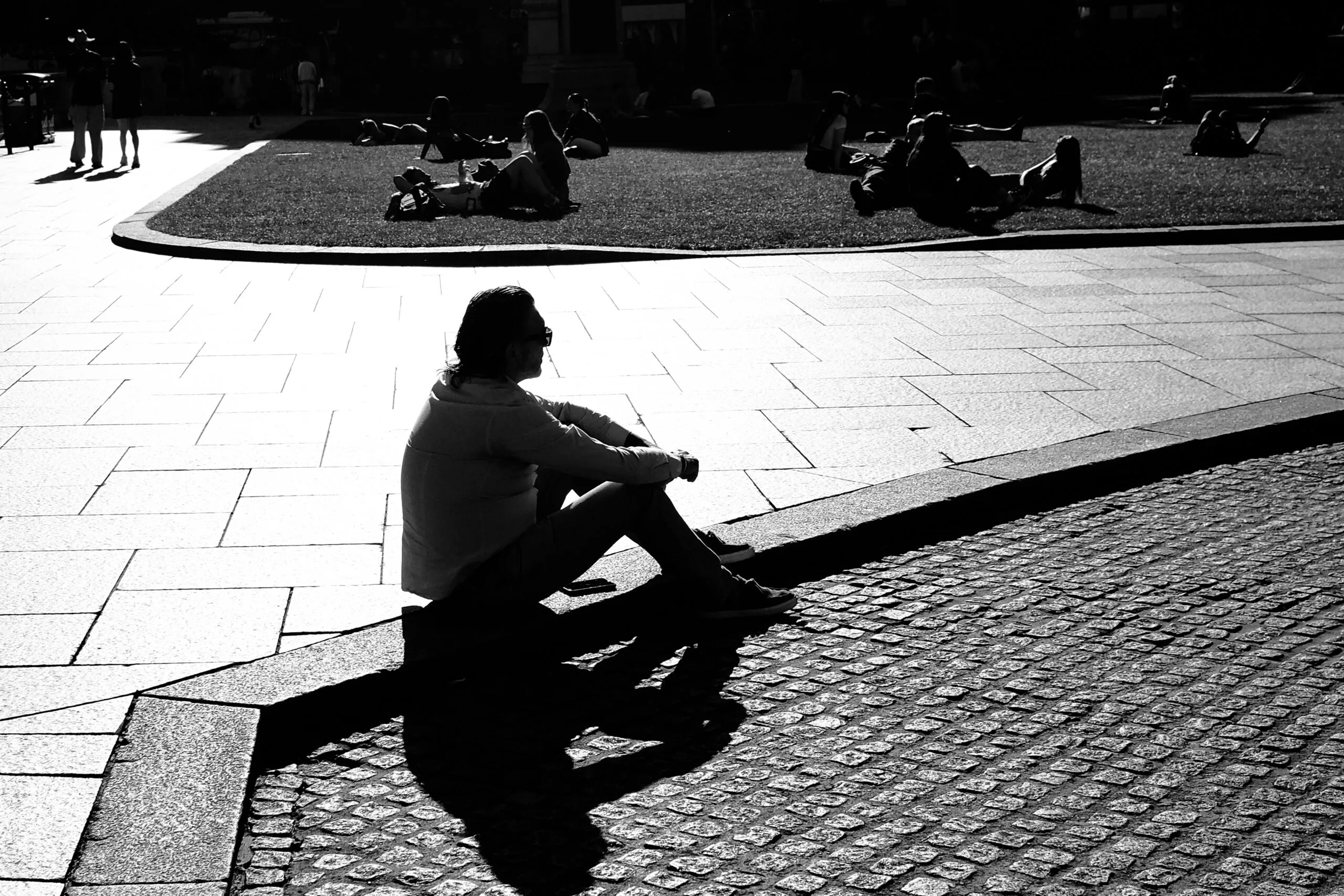













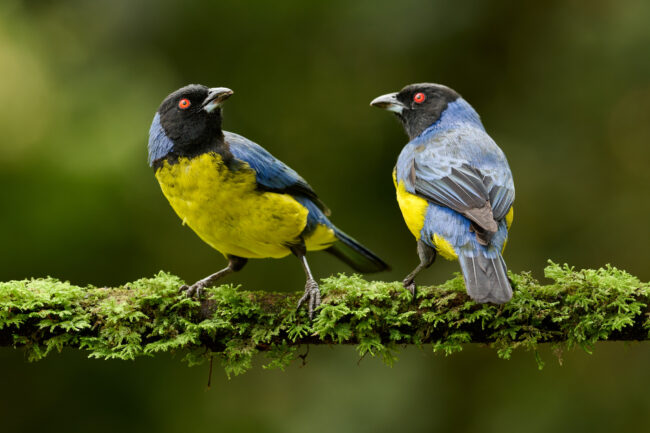







![Anime Rangers X: Best Units Tier List [UPDATE 1]](https://www.destructoid.com/wp-content/uploads/2025/04/ultimate-anime-rangers-units-tier-list.webp?quality=75)






































